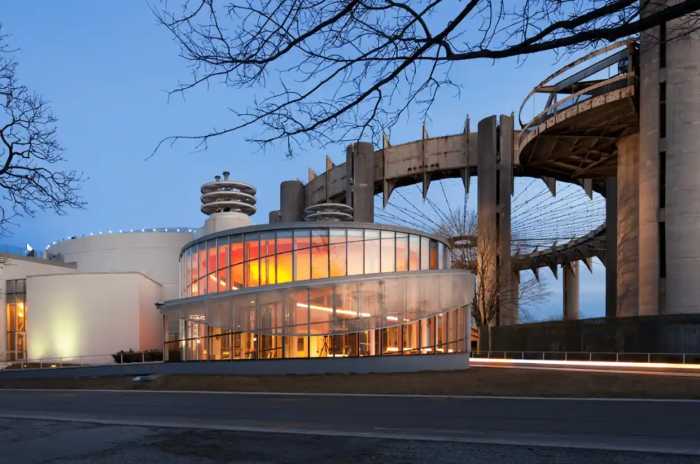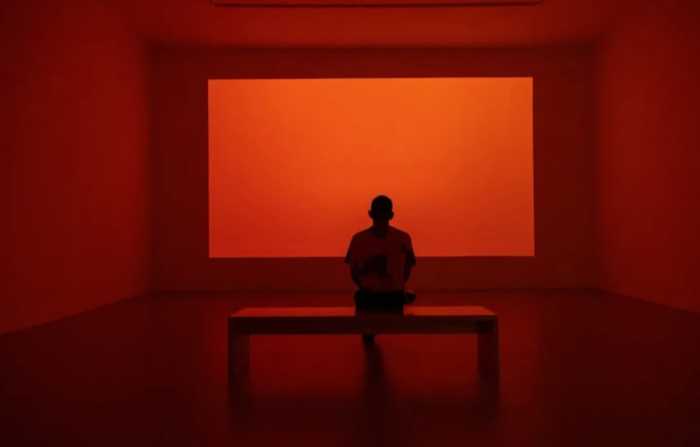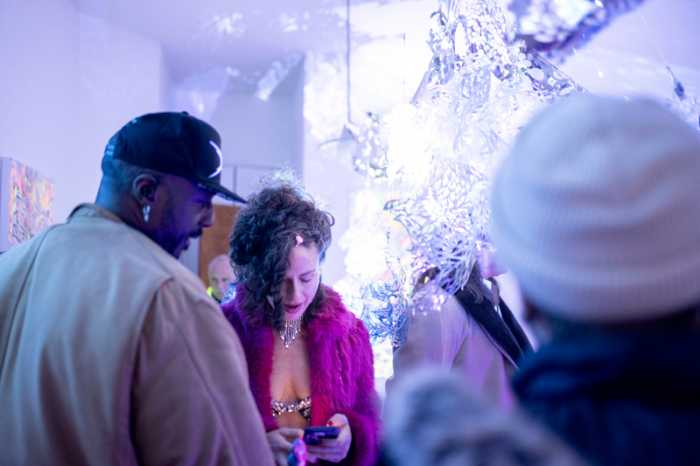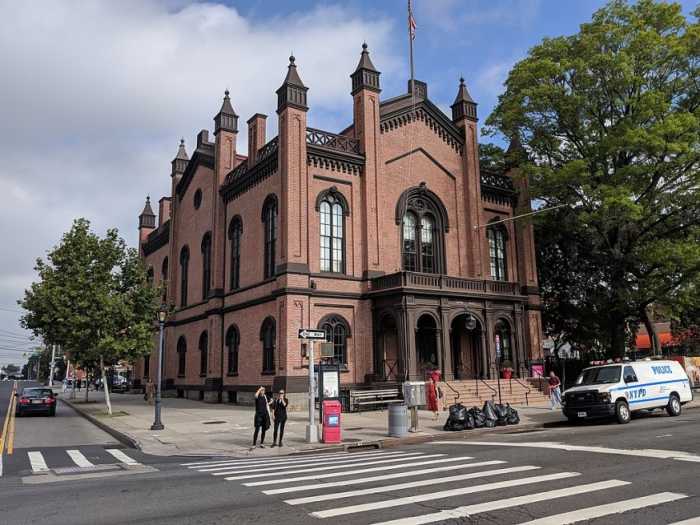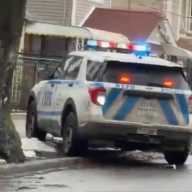By Gabriel Rom
Is there a place for art in a space traditionally reserved for mourning? For Anne Zuerner, a 29-year-old choreographer who will stage a series of dances inside the Evergreens Cemetery in Glendale this fall, the answer is a respectful, but adamant yes.
Trained in ballet, Zuerner discovered modern dance in high school when she became interested in avant-garde choreography. Her work tends to focus on space and presenting it in unorthodox ways. As she spent time at The Evergreens Cemetery, she began to research the people who were buried there and the geology of the terrain itself.
“This is a location pregnant with meaning,” Zuerner said. “The place is so full of information and so visually stunning that there are so many ways to use the space as a frame and I realized I had to use it for something.”
She approached the cemetery owners and they were enthusiastic. A series of performances, many of them outdoors, were planned at the cemetery, located at 1629 Bushwick Ave..
The performances themselves will be designed around the landscape of the cemetery and, according to Zuerner, are meant to mix fact and history with dance and poetry. She hopes to infuse the performances with the history of what surrounds the audience and what lies beneath them.
Over the course of the performance, audiences will be ushered by dancers accompanied by live music to nine separate historical locations in the cemetery, where a short dance performance will occur. As audience members go to the next location, historical information will be given to them.
“I was looking for a different way of highlighting the cemetery—something that went beyond just the historical facts. I’m not only interested in the people, but I’m also thinking about spiritual ideas, the way humans interact with life and death. This won’t be your typical walking tour,” Zuerner said.
First created in 1849 as a “rural-cemetery,” the Evergreens was conceived as both a place for burial and a public center—“a museum, arboretum, bird sanctuary, park, historical archive and landmark,” according to cemetery historians Blanche Linden-Ward and David C. Sloane. The cemetery was, in the most literal sense, built as a place of rest for both the dead and the living.
“In the romantic period, people would commonly have a picnic in the cemetery,” Zuerner said. “People had a different relationship to death, it was a lot nearer and I think it’s hard for people today to imagine that one can enjoy a cemetery in many ways, not just mourning.”
As for whether the project is overly provocative, Zuerner is sanguine.
“I feel I’m approaching this from a respectful space. I don’t want to disturb anyone, and I’m aware of that. These dances are in reference to the dead, they are ways to remember those who are deceased, to remember and celebrate those who have been forgotten.”
Zuerner is looking for community members to be involved with the final phase of the performances. Those interested can contact anne.zuern
Reach reporter Gabriel Rom by e-mail at grom@

